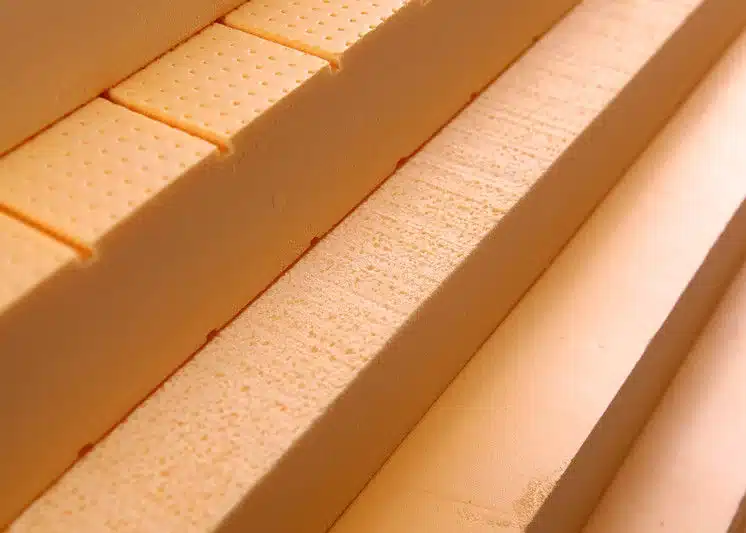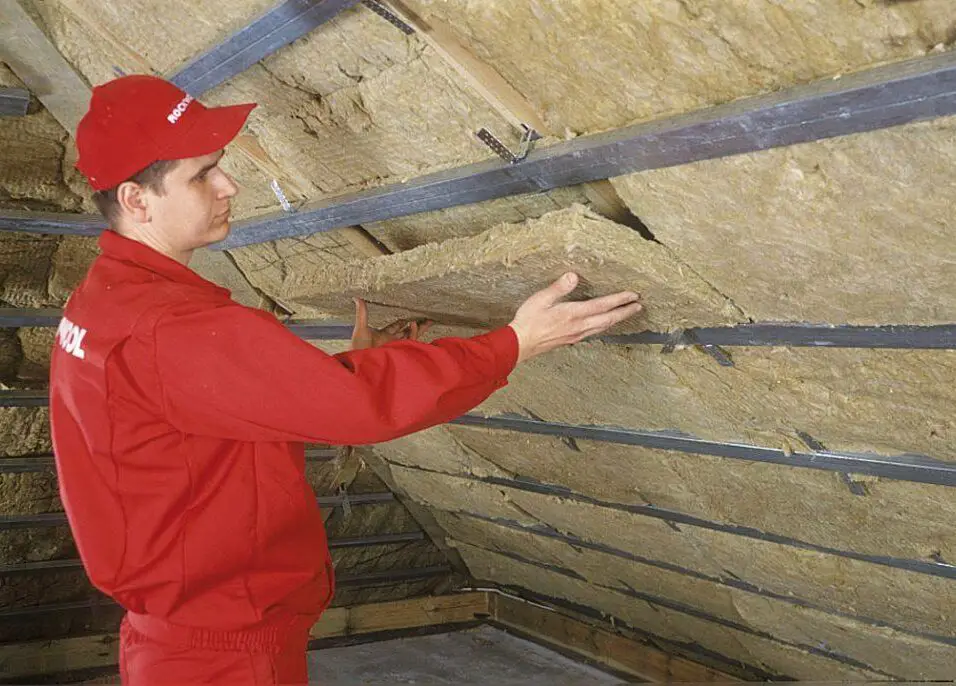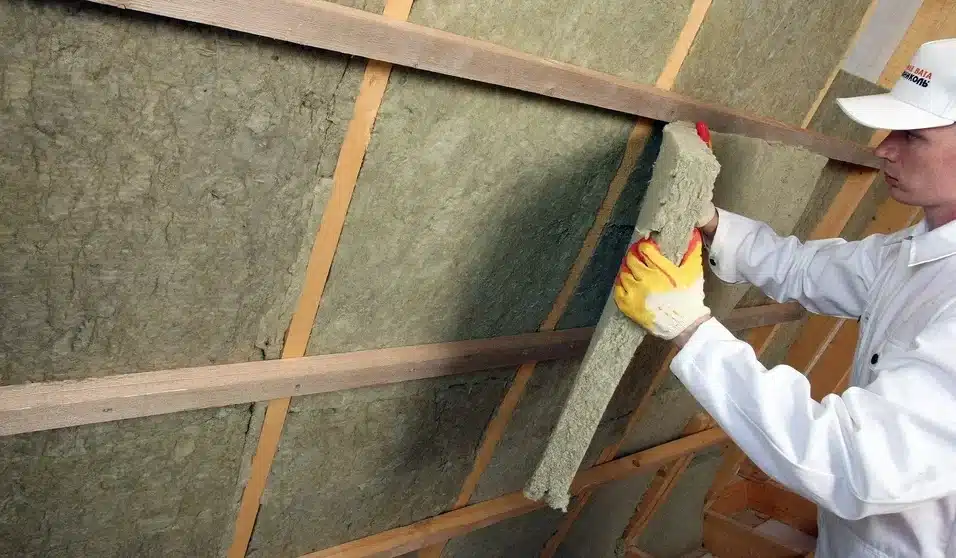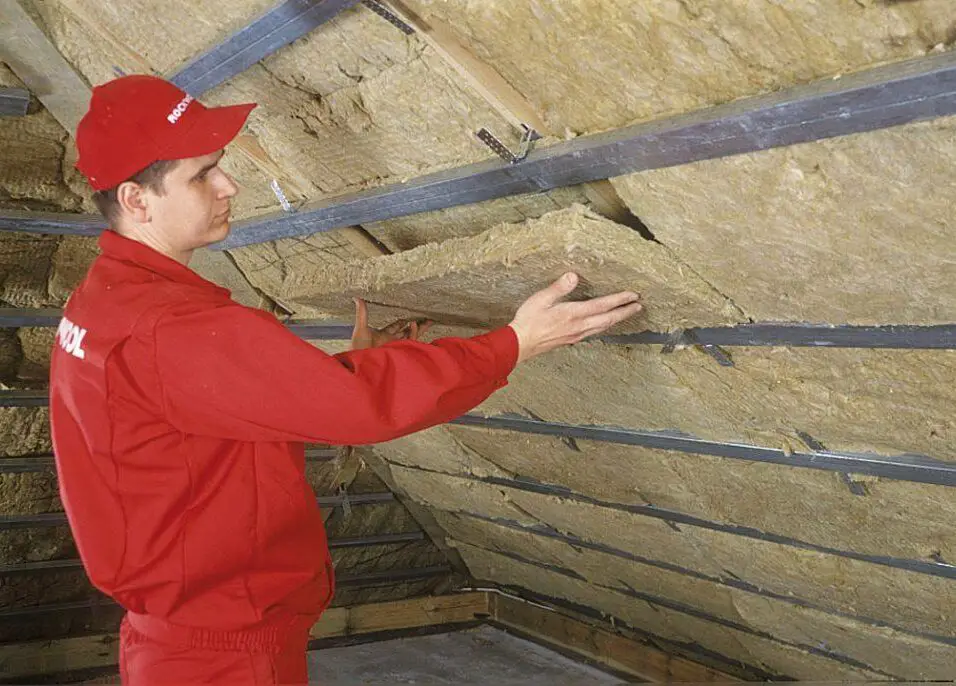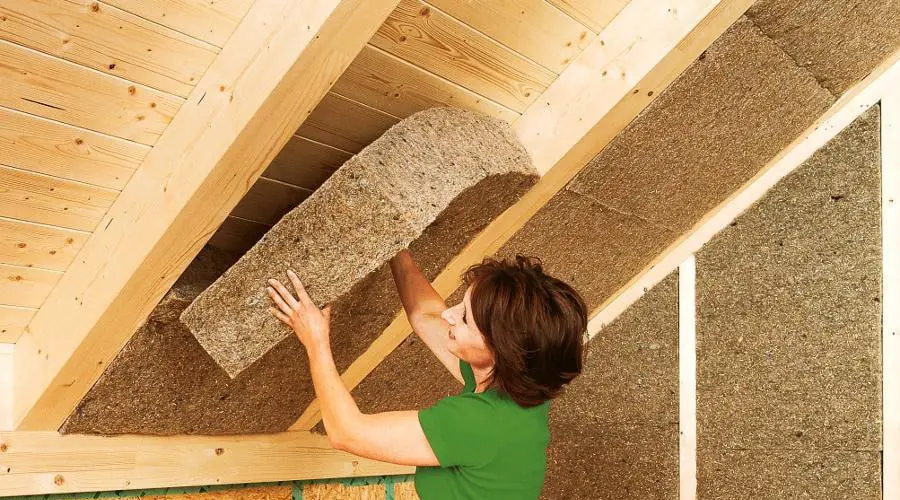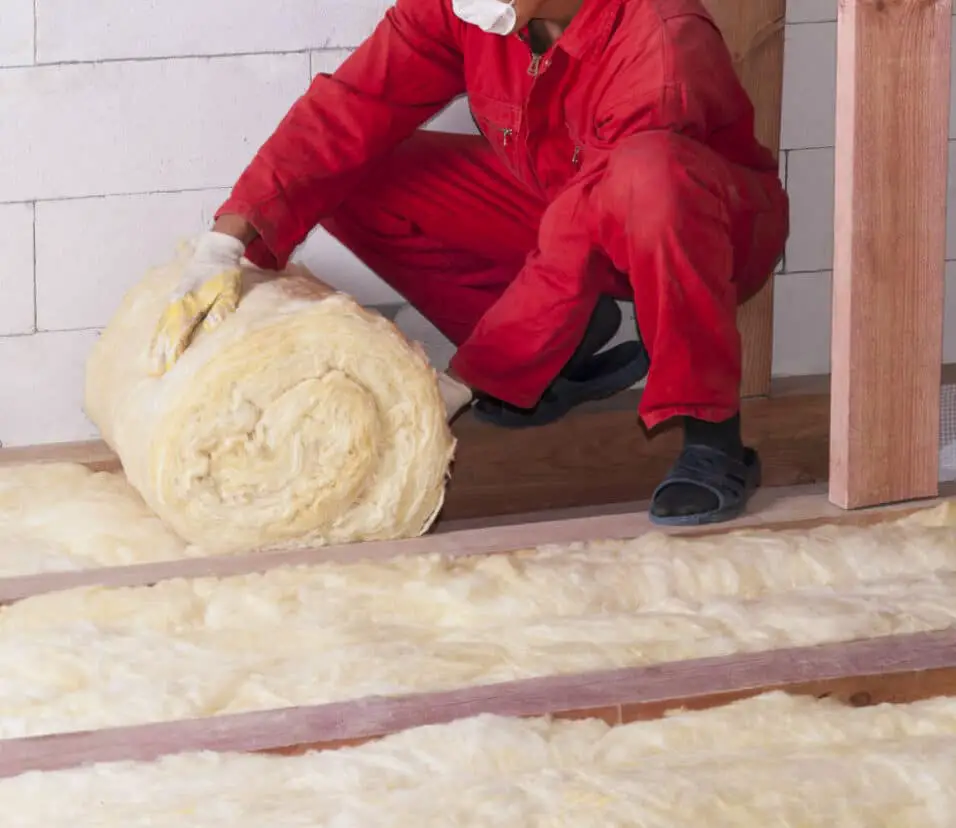Is Foam Board A Good Insulator
Introduction
Is Foam Board A Good Insulator: One of the chief advantages of foam board insulation is its remarkable resistance to thermal bridging—conduction of heat through solid components, which can greatly compromise traditional insulation materials. Foam boards are particularly adept at maintaining consistent indoor temperatures, thereby reducing the dependence on heating and cooling systems and leading to potential energy savings.
Foam board insulation’s adaptability extends its utility to a wide spectrum of applications. From walls and roofs to foundations and even flooring, it can be seamlessly integrated into various architectural designs. Its lightweight nature facilitates easy installation, and it can be cut and shaped to fit irregular spaces, making it an asset for both new construction and retrofitting projects.
Foam board insulation stands out as a commendable choice for effective thermal insulation. Its inherent ability to impede heat transfer, coupled with its versatility and ease of use, positions it as a reliable solution to enhance energy efficiency and comfort across diverse building projects.
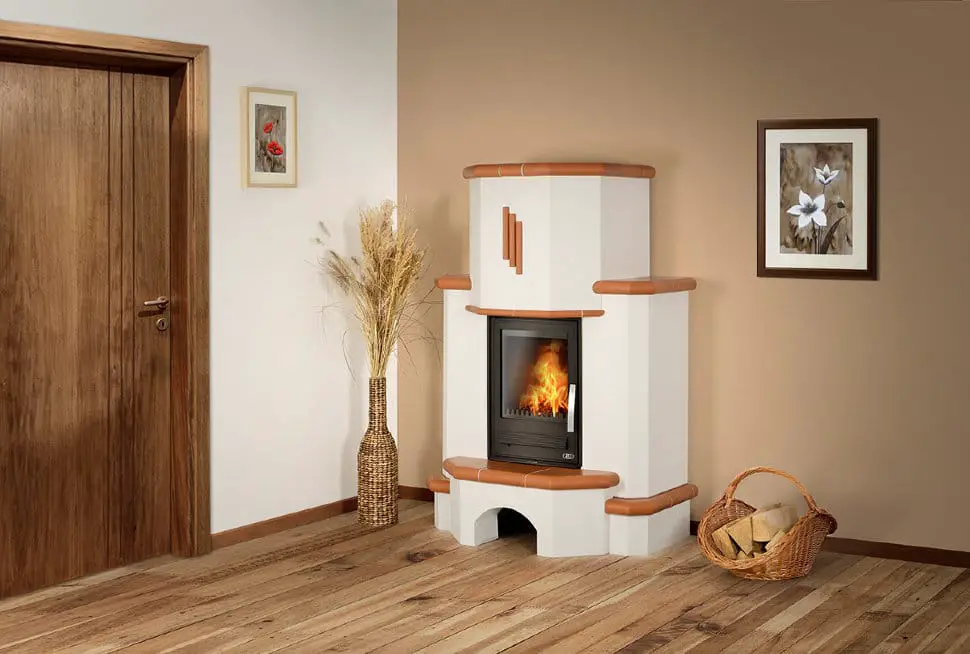
Does foam board work as insulation?
How does foam board block noise? It’s bigger R-Value per inch, doesn’t soak up water, and is easy to work with.
Polystyrene, polyurethane, or polyisocyanurate are the three types of foam board. There are air holes in its cells that stop heat from moving. It’s a good heat insulator because of this process.
Thermal bridging happens when heat moves through solid objects. Foam board is great at stopping this. This keeps the temperature inside stable. This feature saves energy by lowering the chances of overheating and cooling.
The soundproofing made of flexible foam board is a plus. It’s more useful because it’s light and easy to set up. It is possible to shape foam board to fit areas with odd shapes, and it can cover all insulation. You can keep heat in with foam board. board is a good way to keep noise out of both new and old buildings.
Will foam board block heat?
Foam board keeps heat from moving because it’s an insulation. The cells that make it up are made of polystyrene, polyurethane, or polyisocyanurate, which stops heat from moving. The trapped air in cells makes it take longer for heat to move through the material.
Foam board keeps heat in, which reduces thermal bridging and keeps buildings at a more stable temperature. This trait greatly lowers the need for warmth and cooling, which makes the energy use more efficient.
Foam board always keeps things warm in walls, roofs, floors, and supports. It keeps inside and outside temperatures separate by stopping heat flow, which makes living and working more comfortable. Foam board does a good job of keeping heat out.
Is 2 inch foam board good insulation?
R-10 is a lot less than R-13 for fiberglass insulation in a 2-inch foam board. Foam board is better for outside walls than fiberglass or rockwool because it doesn’t let water into its pores.
It may not be as good as insulation that is stronger, but it can still be useful. Places that have harsh winters or summers may benefit from better insulation for comfort and energy economy.
How thick is foam board insulation?
In general, how thick is a foam core? After board sizes, think about foam core thicknesses. Most of the time, bigger means stronger. foam core (1/8″, 3/16″, 1/2″), 5 mm, and 13 mm. Different sizes of foam board insulation are used. This kind of foam board is 0.5 inches thick, which is 4 inches. Thickness is determined by the use, the padding, and the weather.
Keeping warm 1–2 inch foam board keeps walls and roofs cool in hot places. Thickness and spacing of the insulation must be the same. Building form may not allow for thicker insulation to keep heat in. Before picking the thickness of foam board insulation, think about how much insulation you need and where you live.
What are the key components of foam board insulation’s cellular structure that contribute to its effectiveness as an insulator?
Foam board insulation’s remarkable effectiveness as an insulator is largely attributed to its unique cellular structure, which consists of key components designed to impede the transfer of heat. Comprising materials such as polystyrene, polyurethane, or polyisocyanurate, foam board consists of countless interconnected cells that create a matrix-like arrangement.
The air pockets trapped within these cells serve as highly efficient thermal barriers. This process is further enhanced by the insulation material itself, which has low thermal conductivity properties. These interconnected cells create a labyrinthine path that hinders the transmission of heat through conduction. Combined, these factors work in synergy to greatly reduce the rate of heat transfer through the foam board insulation, making it an efficient insulator that enhances energy conservation, temperature regulation, and overall comfort within structures.
How does foam board insulation impede heat transfer, and what specific mechanisms are responsible for its insulating properties?
Foam board insulation effectively impedes heat transfer through a combination of mechanisms rooted in its cellular structure and material composition. Comprised of materials like polystyrene, polyurethane, or polyisocyanurate, foam board consists of interconnected cells that play a crucial role in its insulating properties.
The key mechanism is the air trapped within these cells. Air is a poor conductor of heat, and the presence of these pockets creates a thermal barrier that inhibits heat conduction. Additionally, the insulation material itself possesses low thermal conductivity, further restricting the movement of heat.
The closed-cell structure of foam board insulation limits convective heat transfer. The isolation of air pockets within closed cells reduces the potential for air movement and heat exchange through convection.
Collectively, these mechanisms work synergistically to create a formidable defense against heat transfer. By leveraging the insulating capabilities of trapped air, minimizing heat conduction and convection, foam board insulation effectively maintains indoor temperatures, conserves energy, and enhances overall comfort in various architectural applications.
In what ways does foam board insulation address the challenge of thermal bridging, and how does this impact its overall performance as an insulator?
Foam board insulation addresses the challenge of thermal bridging, where heat bypasses traditional insulation materials through solid components, in several effective ways. Its cellular structure and material properties contribute to minimizing this phenomenon, consequently enhancing its overall performance as an insulator.
The interconnected cells of foam board insulation act as barriers that interrupt the path of heat transfer. When installed strategically in areas prone to thermal bridging, such as at junctions between walls and roofs, foam board creates a continuous insulating layer that obstructs the direct transmission of heat through structural elements.
By mitigating thermal bridging, foam board insulation ensures a more uniform distribution of temperature within a building. This significantly reduces the reliance on heating or cooling systems to counteract temperature disparities, resulting in improved energy efficiency and cost savings. Additionally, the prevention of heat escape through structural components enhances the overall insulation efficiency of the building envelope.
Can you elaborate on the versatility of foam board insulation in terms of its applications in different architectural components?
In walls, foam board insulation can be placed within framing cavities or installed as an exterior sheathing, creating a thermal barrier that prevents heat transfer through solid walls. When applied to roofs, it effectively shields the interior from temperature extremes and minimizes energy loss. Foundations benefit from foam board’s resistance to moisture infiltration and its capacity to maintain a stable indoor climate.
Moreover, foam board is adept at insulating flooring systems, providing a buffer against heat loss to the ground below. Its compatibility with various construction materials and methods, combined with its capacity to be cut and shaped, allows it to fit seamlessly into irregular spaces or intricate architectural designs.
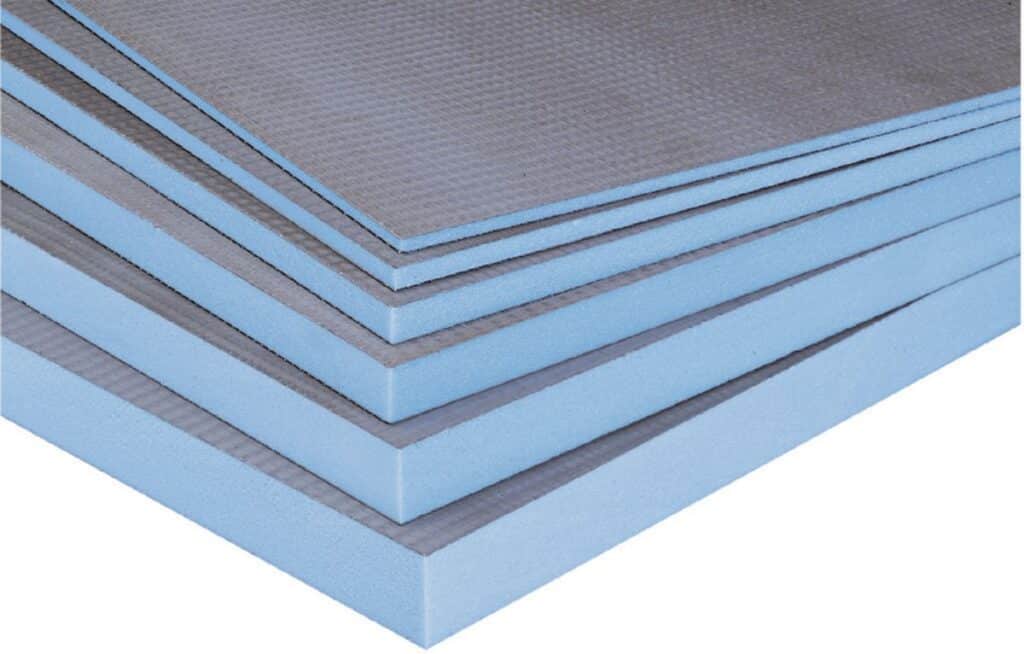
Conclusion
In the realm of insulation solutions, foam board unquestionably emerges as a formidable contender due to its impressive insulating capabilities and adaptability. Its unique cellular structure and composition effectively combat heat conduction, creating a robust barrier against temperature fluctuations. By thwarting thermal bridging and facilitating consistent indoor temperatures, foam board insulation significantly contributes to energy conservation and reduced utility costs.
The flexibility of foam board insulation extends its benefits to a wide array of applications, from residential homes to commercial buildings. Its ease of installation, coupled with the ability to conform to various architectural requirements, enhances its appeal as a practical choice for both retrofitting and new construction projects. This versatility aligns with the evolving needs of sustainable and energy-efficient design.
In light of these advantages, it becomes evident that foam board insulation holds a distinct position as a commendable insulating solution. Its ability to strike a balance between effective thermal resistance, ease of installation, and broad applicability solidifies its reputation as a valuable asset in enhancing comfort, energy efficiency, and overall building performance. As a result, for those seeking an efficient and reliable insulation option, foam board undoubtedly stands as a beneficial choice.



